Daniel Botelho: Sharks of Cat Island
I travelled to Cat Island, Bahamas, to photograph dusky sharks (Carcharhinus obscurus) as an assignment for the Walt Disney Company. I chose Cat Island as I knew that there would be oceanic white tips (Carcharhinus longimanus) there too, and I could have some great interactions with them. Whilst going to shoot oceanic white tips again was a huge pleasure, they are one of the species I have spent the most time in the water with and so trying to think of new ways of photographing them was a huge challenge. I spent a lot of time prior to the trip trying to figure out how to shoot them creatively and I really doubted if I would be able to do anything different or better then I did two years ago at Cat Island.
I hoped to get images of oceanic white tips in shallow water over a sandy bottom (which means very shallow water) and of people interacting with the sharks. For the latter, I was fortunate to be able to enlist the help of Debra Canabal and Noortje Beenackers as models. Shooting pictures of people and sharks is very tricky as the timing needed to perform such kinds of composition needs to be precise. Although it may seem to be happening quite slowly, in fact the action all happens very fast and the models and photographer need to be able to communicate very efficiently to make it happen. Although having cooperative sharks is the main element!
I chose to snorkel as this means that the sharks come much closer. In addition, most of my shots would be taken close to the surface where the light is the most beautiful. Whenever I have the opportunity to photograph animals that stay close to the surface I like to take advantage of this. Why go deep if we have the best light on the surface? If you have free diving skills, you can also grab deep shots too, like the sand bottom image.
As an aside, the dusky shark images came out perfectly, in fact Disney was particularly happy as we managed to shoot images of baby sharks which are apparently preferred by children. Sadly, the images are still embargoed by the company.
I used the Nikon D4 with a 16mm lens, housed in a Nauticam housing with Zen dome ports and Sea&Sea YS250 Pro strobes. My camera settings were aperture between f8 to f10, shutter speed fixed at 1/250s, ISO in the range of 320-500 and a WB setting of 5260°K most of the time.
Special thanks to Debra and Vincent Canabal and Epic Diving! Kind thanks to Noortje Beenackers too!
__large.jpg)
Debra Canabal modeling for me with a splendid shark.
__large.jpg)
Debra Canabal and her sharks.
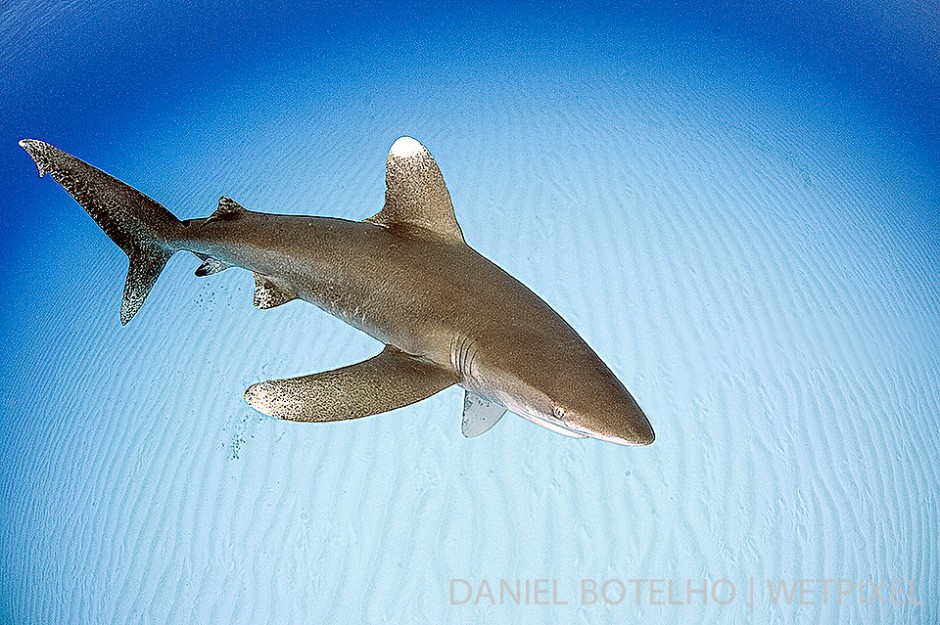
Shallow sand bottom and oceanic white tip.
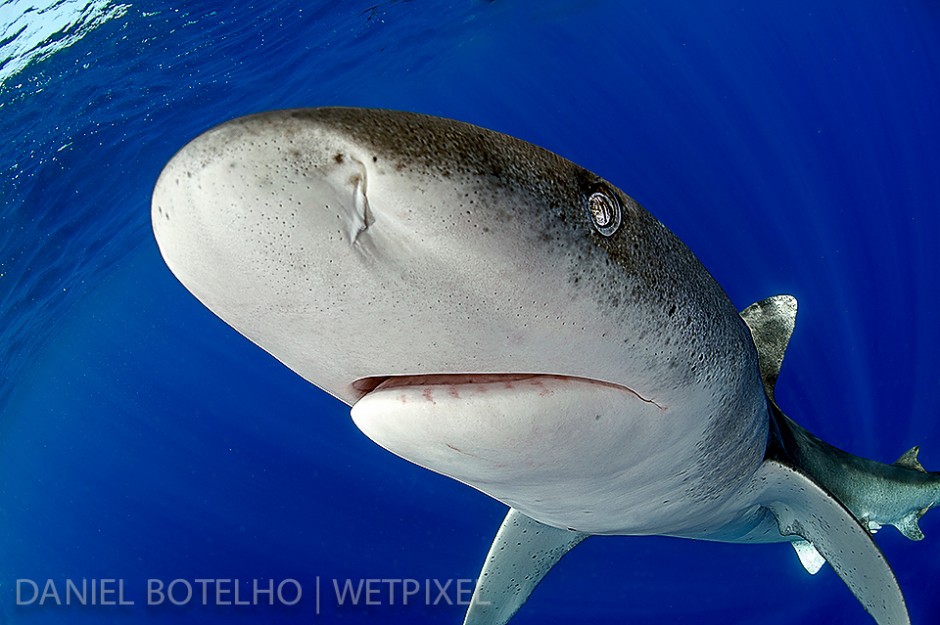
Up close.
__large.jpg)
The beauty of the oceanic white tip. (I)
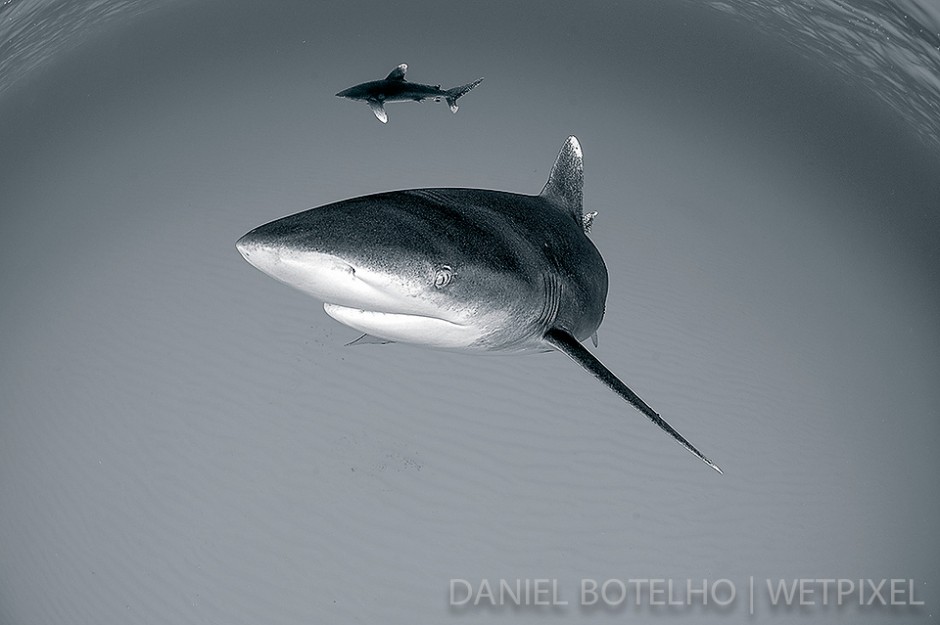
Oceanic white tip on sand bottom 15ft. deep.
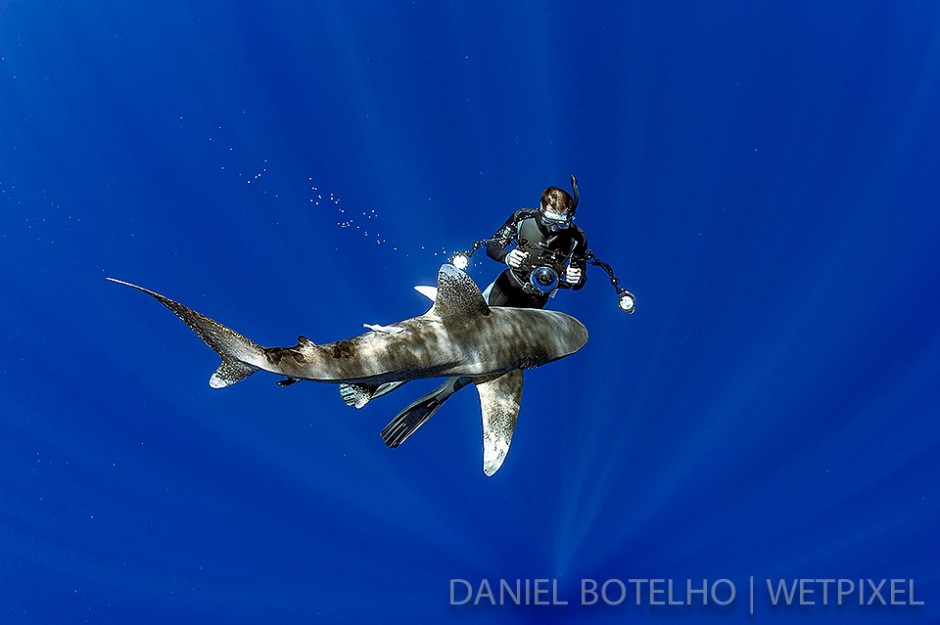
Vincent Canabal and oceanic white tip.
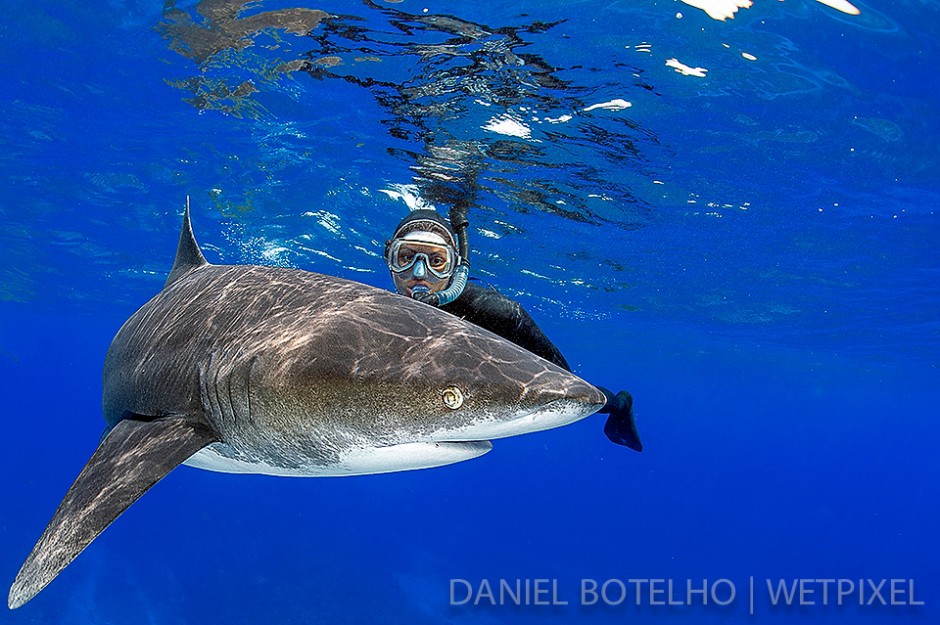
Debra and oceanic.
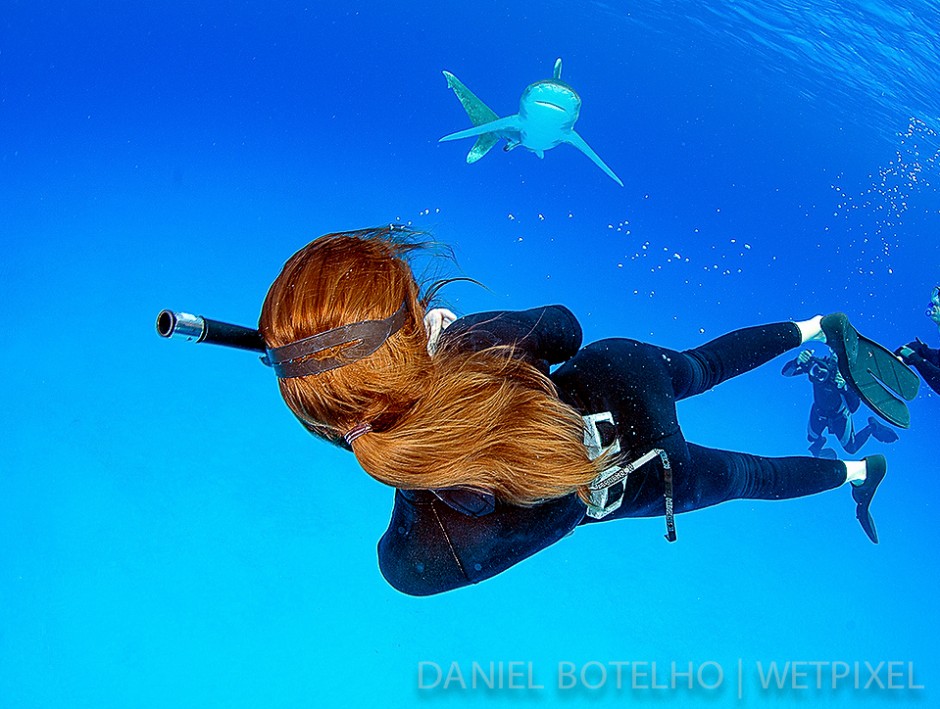
Noortje waiting for the shark to come
__large.jpg)
The beauty of the oceanic white tip. (VI)
__large.jpg)
Split shots of the oceanic, one of the most demanding compositions.
__large.jpg)
The beauty of the oceanic white tip. (V)
__large.jpg)
Yawning. (II)
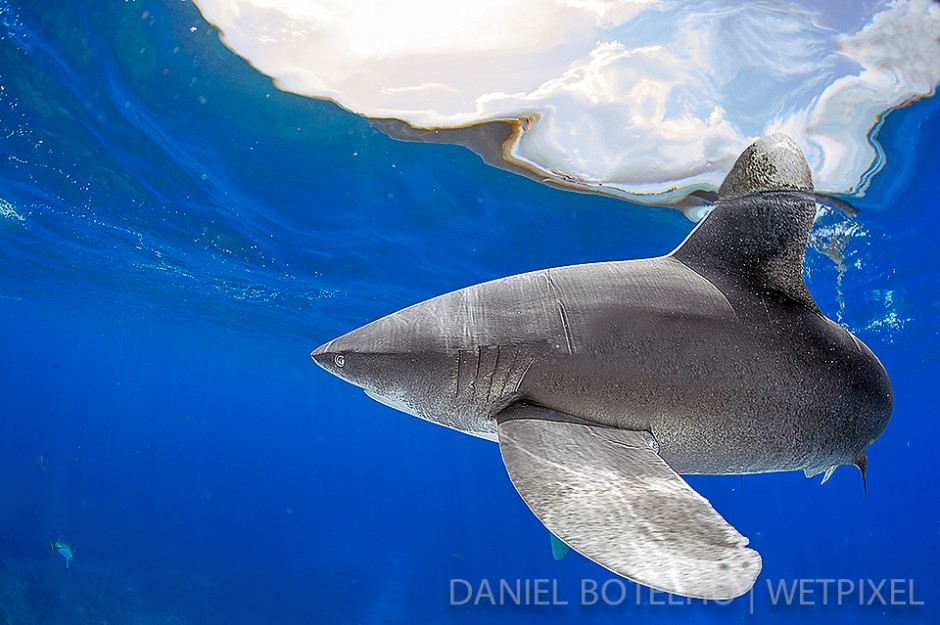
Fin outside of the water.
__large.jpg)
Noortje Beenackers modeling for me and the sharks.
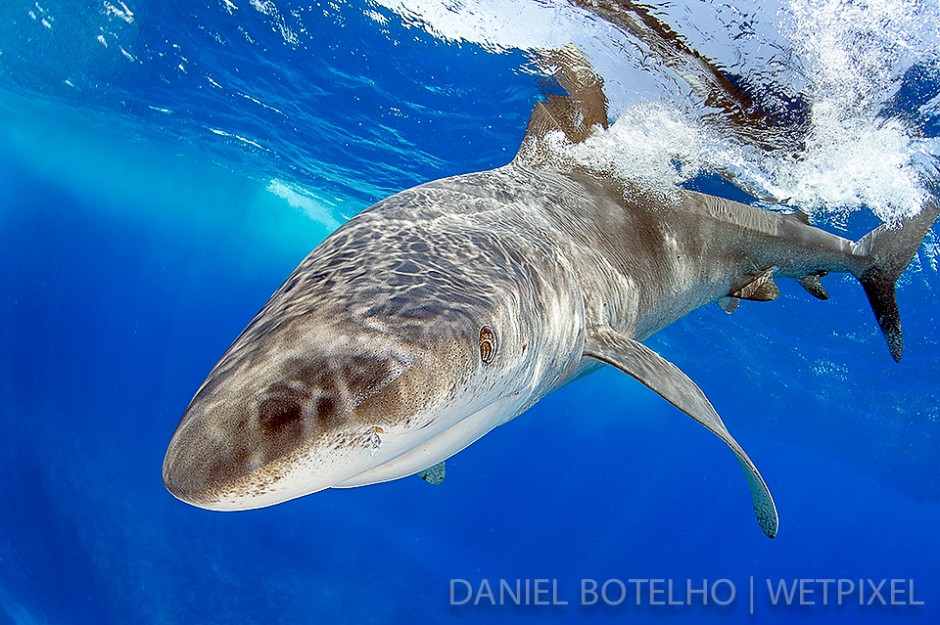
Nosy shark.
__large.jpg)
Yawning. (III)
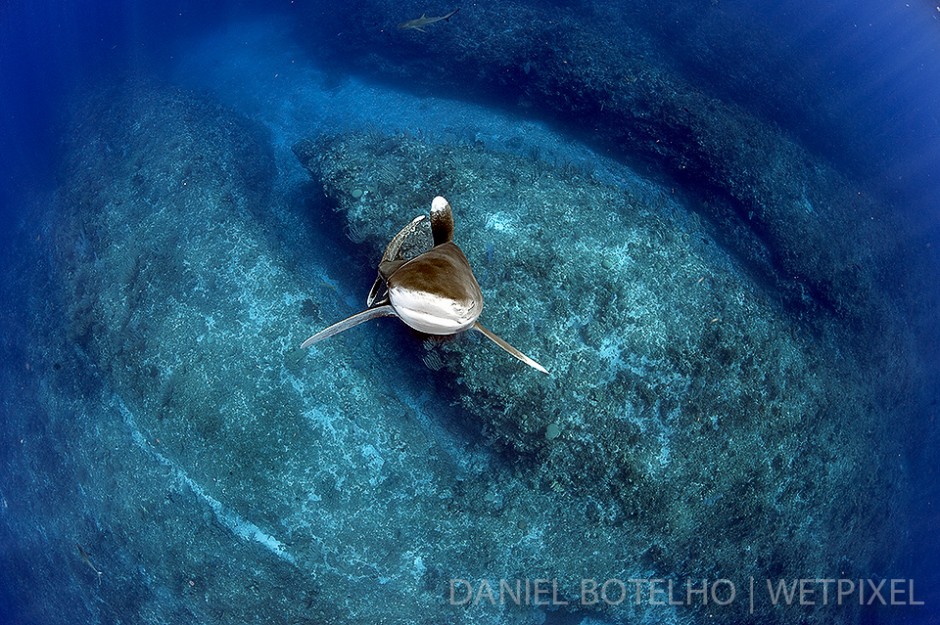
Here come the shark.
__large.jpg)
The beauty of the oceanic white tip. (II)
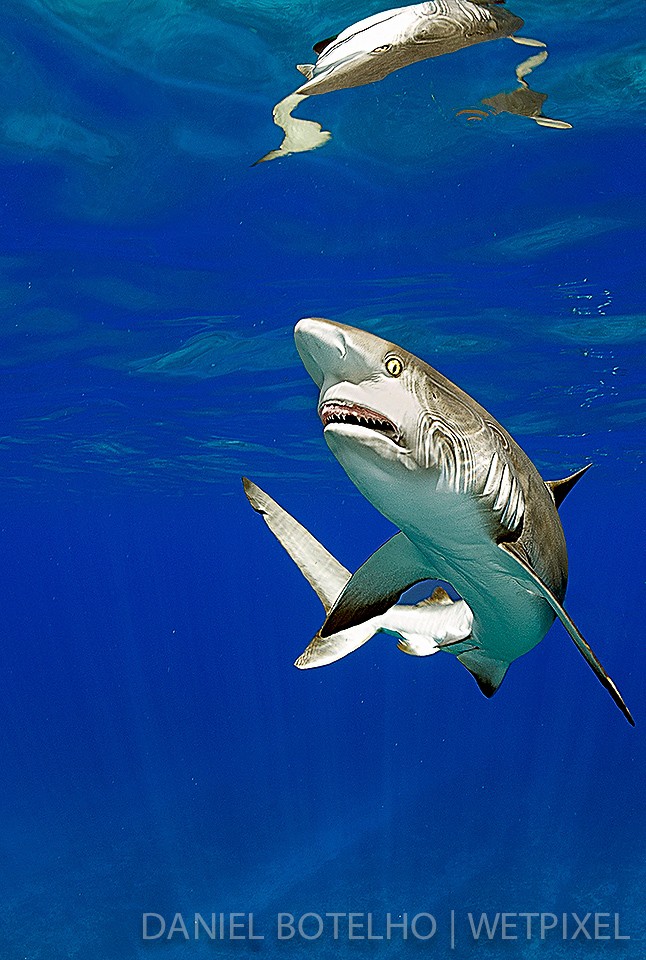
Baby grey reef shark.